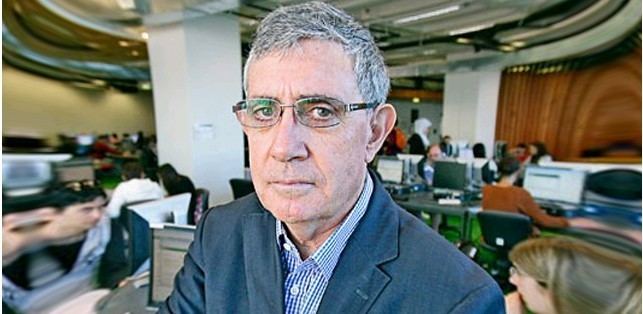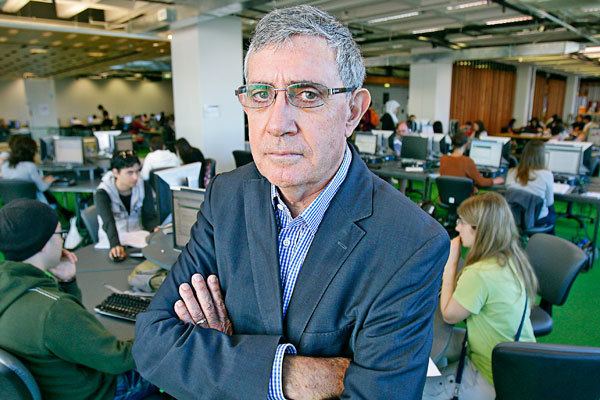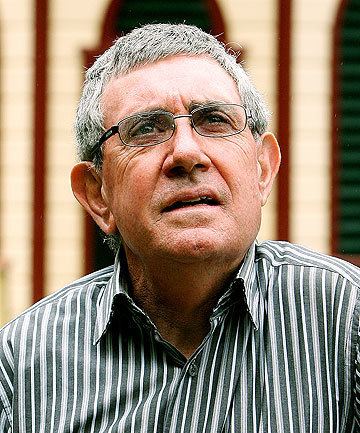Role Physicist Name Paul Callaghan | Known for NMR and MRI research | |
 | ||
Born 19 August 1947Whanganui, New Zealand ( 1947-08-19 ) Thesis Some hyperfine interaction studies using nuclear orientation (1974) Notable awards New Zealand Order of MeritRutherford PrizeGunther Laukien Prize2011 New Zealander of the Year Books Principles of Nuclear Magnetic Resonance Microscopy People also search for Alan MacDiarmid, Geoffrey Knott, Nick Waites | ||
Doctoral advisor Nicholas James Stone | ||
The zealandia vision for a predator free new zealand sir paul callaghan
Sir Paul Terence Callaghan (19 August 1947 – 24 March 2012) was a New Zealand physicist who, as the founding director of the MacDiarmid Institute for Advanced Materials and Nanotechnology at Victoria University of Wellington, held the position of Alan MacDiarmid Professor of Physical Sciences and was President of the International Society of Magnetic Resonance.
Contents
- The zealandia vision for a predator free new zealand sir paul callaghan
- Bright ideas challenge professor paul callaghan
- Biography
- Positions
- Books
- Scientific publications
- Awards and honours
- References

Bright ideas challenge professor paul callaghan
Biography

Callaghan was born 19 August 1947, the son of Mavis and Ernest Callaghan. He had an older brother Jim, older sister Jeanine, and younger sister Mary. His maternal grandparents were Agnes and Francis Hogg.

A native of Whanganui, Callaghan attended Wanganui Technical College (now Wanganui City College). He took his first degree in physics at Victoria University of Wellington and subsequently earned a DPhil degree at the University of Oxford, working in low temperature physics. On his return to New Zealand in 1974, he took up a lecturing position at Massey University, where he began researching the applications of magnetic resonance to the study of soft matter. He was made Professor of Physics in 1984, and was appointed Alan MacDiarmid Professor of Physical Sciences in 2001. The following year, as its founding director, he helped establish the multi-university MacDiarmid Institute for Advanced Materials and Nanotechnology.

Callaghan was President of the Academy Council of the Royal Society of New Zealand (RSNZ), and published over 240 articles in scientific journals, as well as the books Principles of Nuclear Magnetic Resonance Microscopy in 1994 and Translational Dynamics and Magnetic Resonance in 2011. He was a founding director and shareholder of Magritek, a technology company based in Wellington that sells nuclear magnetic resonance and MRI instruments. He was a regular public speaker on science matters and, in 2007, one of his radio series appeared in book form, As Far as We Know: Conversations about Science, Life and the Universe. A 2009 book, Wool to Weta: Transforming New Zealand's Culture and Economy, dealt with the potential for science and technology entrepreneurialism to diversify New Zealand's economy. He was the presenter of a concurrent documentary, Beyond the Farm and the Themepark, which deals with the same issues.

In 2001 Callaghan became the 36th New Zealander to be made a Fellow of the Royal Society of London. He was awarded the Ampere Prize in 2004 and the RSNZ's Rutherford Medal in 2005. He was appointed a Principal Companion of the New Zealand Order of Merit in 2006 and in 2007 was recognised with a World Class New Zealander Award and the Sir Peter Blake Medal. He was awarded a two-year James Cook Research Fellowship by the Royal Society of New Zealand in 2008. He was knighted on 14 August 2009.
In 2010 he was awarded the Günther Laukien Prize for Magnetic Resonance and shared the New Zealand Prime Minister's Science Prize. In 2011 he was named Kiwibank's New Zealander of the Year and later that year elected an Honorary Fellow of Corpus Christi College, Cambridge.
Callaghan died on 24 March 2012, aged 64, after a long battle with colon cancer. He was survived by his first wife, Sue Roberts, two children, Catherine and Chris, and his second wife Miang Lim. After his death, Callaghan was again recognised with a World Class New Zealand award, becoming the Supreme winner in May 2012
The New Zealand Crown Entity, Callaghan Innovation, formed in February 2013, was named after him.
He was an atheist.
Positions
Books
Scientific publications
Callaghan is an author of over 230 journal articles. His research group specialised in developing NMR methodologies for the study of molecular dynamics and molecular organisation in complex fluids, soft matter and porous materials. Major areas of contribution include:
